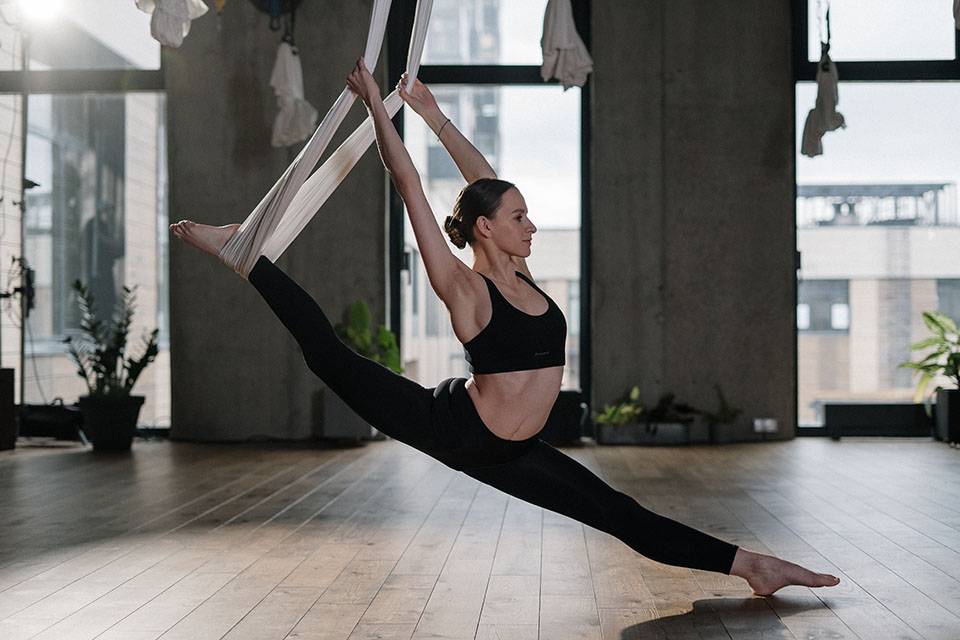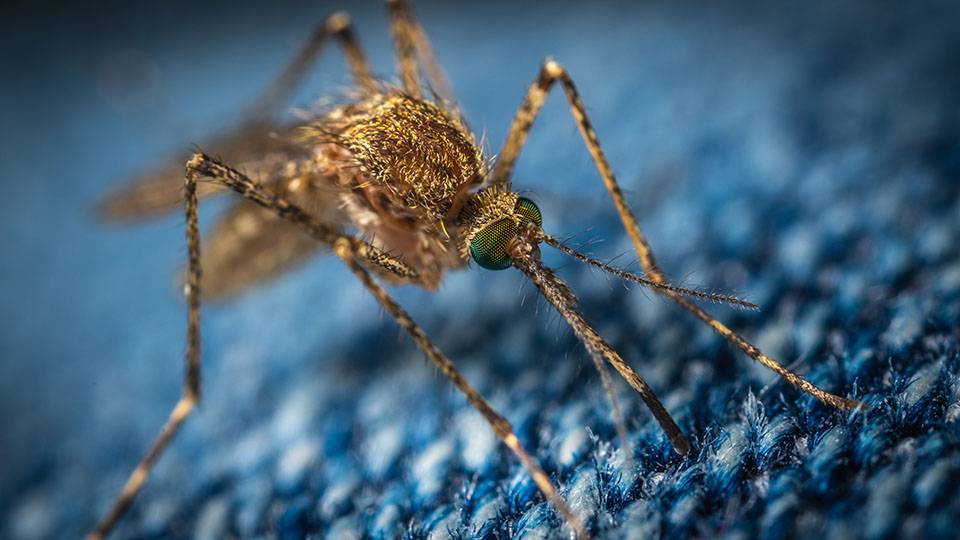Comfort is one of the most important aspects of clothing.
Comfort is influenced by the physiological reaction of the wearer.
Comfort is temperature regulation of the body.
Comfort is the absence of unpleasantness or discomfort.
Comfort is a state of pleasant psychological, physiological and physical harmony between a human being and the environment. All three aspects are equally important, since people feel uncomfortable if any one of them is absent.
What are the basic elements of clothing comfort?
They are thermo-physiological aspect, sensorial or tactile aspect, physiological aspect and fitting comfort.
All the above comfort aspects are strongly correlated with each other. In clothing comfort, the most important factor is the movement of heat and moisture (liquid and vapour) through clothing to maintain the thermal equilibrium between human body and the environment.
Comfort and satisfaction with clothing are influenced by both characteristics of clothing as well as by attitudinal and psychological perceptions of the wearer. The clothing characteristics include the physical characteristics of the fibres and materials from which the clothing is made, its tactile characteristics, design features of the clothing, brand labels, information on fabric / garment care, price, etc. The wearer’s attitudes towards clothing are influenced by the sensory attributes of the clothing (softness / harshness, warm / cool touch etc.), serviceability characteristic (e.g., durability, creasing, pilling) and most importantly by its expected comfort and satisfaction related attributes. Though fibres have a major role in playing comfort properties, the performance finishes play a big part in bringing comfort.
In Part 2 & 3, we came to know about 6 important functional finishes and in this Part 4 we will see few interesting PROTECTIVE FINISHES.

1. Anti-microbial finish,
In view of growing emphasis on hygienic clothing and activewear, this anti-microbial finish is particularly important. Application of natural antimicrobial agents on textiles dates back to antiquity, when the ancient Egyptians used spices and herbs to preserve mummy wraps. Textiles made from cotton fibres are breathable, absorbent and comfortable to wear because of their porous hydrophilic structures. Because the structure retains water and oxygen easily, it provides a suitable environment for microbial growth. Therefore it is necessary to impart antibacterial properties to cotton fabrics.
The negative effect on the vitality of the microorganisms is generally referred to as anti-microbial. Microbes are the tiniest creatures not seen by the naked eye. They include a variety of microorganisms like bacteria, fungi, algae and viruses. Natural fibres, such as cotton and linen, are readily prone to be infested by microorganisms like bacteria and fungi. Synthetic fibres are not totally immune to micro-organisms; for example, polyurethane fibres and coatings can be damaged, and the structure of the substrates and chemical processes may induce the growth of microbes. Humid and warm environments further aggravate the problem. Wool is more likely to suffer a bacterial attack than cotton, and cotton is more likely than wool to be attacked by fungi.
Microbial growth can be inhibited in below three ways :
- by depriving micro-organisms of moisture, warmth and a food source for their livelihood
- by preventing micro-organisms from multiplying (growth) and
- by destroying micro-organisms.
Microbial growth can be inhibited by keeping the materials in dry conditions or at very low temperature. The micro-organism produces an enzyme to break down more complicated molecules into digestible form.
To prevent degradation of textile materials, four available options are :
- kill the organism
- block the enzyme
- insert a barrier (for eg: coating) and
- create a surface or internal modification of the fibre.
Sanitised or anti-microbial finishing is achieved using, for example, QACs, halogenated phenols, salicylanilide derivatives, neomycin sulphate, etc. Pentachlorophenol (PCP) and the products containing arsenic was once popular, but they are no longer permitted to be used, as these are not eco friendly. Phenolic compounds, quaternary ammonium salts and organometallic compounds (Hg) are among the most important antimicrobial agents.
2. Fragrance Finishes,
People like to get good smell in their clothes day long. But the fragrance compound applied on textiles are volatile, so preparing a durable compound to emit fragrance for prolonged time is a difficult task. Microencapsulation technique is used to achieve this, microcapsules are minute containers that are normally spherical if they enclose a liquid or gas, or roughly the shape of the enclosed particle if they contain a solid. The incorporation and controlled release of fragrance compounds is also provided by the sol–gel nano-technique.
Below are list of odour / fragrance categories normally applied on textiles :
Citrus lemon (citral, citronella), Orange (mandarin oil, decyl acetate), Floral Carnation (phenethyl salicylate), Gardenia (nonyl acetate), Geranium (citronellol), Lilac (anisyl acetate), Lily (hydroxycitronellal), Rose (rose absolute), Violet (costus oil, methyl 2 nonenoate), Fruity apple (benzyl acetate), Apricot (allyl butyrate), Banana (amyl acetate), Grape (isobutyl isobutyrate), Peach (allyl butyrate), Strawberry (benzyl benzoate), Herbaceous clove (eugenyl acetate), Minty (icarveol, icarvone, imenthol), Sweet anise (ethyl acetate, methyl sorbate), Cinnamon (Cinnamaldehyde), Honey(allyl phenoxyacetate), Sweet (acetanisole), Vanilla (anisyl acetate).
Fragrance finishing of textiles is one of the processes which enhance the value of the product by adding various odours to it. The world marketplace is constantly changing and so the demand of consumers is also increased. The pleasant smells can be created by the essential oils have pharmacological effects like antibacterial, antifungal, antiviral, etc. and mood elevating effects.

3. Insect-Resistant Finishes,
These are required to protect wool and other animal fibres from attacks by the larvae of certain moths and beetles. Although clothes moths are usually blamed for insect damage on fabrics, other insect pests, most notably carpet beetles, are also capable of causing damage. Serious infestations of clothes moths and carpet beetles can develop undetected in a home, causing significant damage to clothing, bedding, floor coverings and other articles. Good cleaning practices are the best prevention.
Synthetic fabrics that are blended with wool may be eaten along with the wool, even though they are not digested. Cotton, linen and synthetics heavily soiled with food stains or body oils may also be attacked occasionally.
The most important market for insect-resist finishes is the carpet industry. More than two-thirds of these finishes are used with floor coverings and wall hangings. Other significant markets include home furnishing and upholstery fabrics, blankets, uniforms, apparel and furs. The usual application level of insect-resist finishes varies from 0.1% to 1.5% on weight of goods depending on the final product, the specific finish and the performance requirements.
This insect resistant finish fall into two types, digestive poison and nerve poison. This enters inside the larvae’s digestive tract and kills it. Four popular digestive poisons are chlorinated triphenylmethanes, chlorphenylids, sulcofenurons and flucofenurons. Dieldrin, one of the original nerve poisons, is also highly toxic to mammals and aquatic life and its use has been banned in most countries. Permethrin is considered to be best insect repellent for clothing and outdoor wear. It is known not only to repel but also to kill insects such as ticks, mosquitos, mites and many others. Textiles impregnated with permethrin in combination with a repellent applied to the skin, e.g., N,N-diethyl-m-toluamide (DEET) still give the most effective protection from mosquito borne diseases like malaria, dengue, etc.
In Insect-resistant, mosquito protective textiles are insecticide-infused nets, curtains, home textile materials, military uniforms, etc. and used as protective barrier against adult mosquito bites. Mosquito repellent textiles are one of the revolutionary methods in the advancement of the textile field because they provide the much-needed features of driving away mosquitoes, especially in the tropical areas.
Synthetic insecticides like permethrins, organophosphates and carbamates can be incorporated into textile materials. Permethrin-infused materials are used as military uniforms for the soldiers working in the dense forest area where they are prone to insect attack. Microencapsulated citronella oil that uses different wall materials, such as gum Arabic and chitosan, has been applied on the textile fabric, which has presented a higher and longer-lasting protection from insects.
4. UV-Protective Finishes,
The Ultraviolet rays constitute a very low fraction of the solar spectrum, but they influence all living organisms and their metabolisms. These radiations can cause a range of effects from simple tanning to highly malignant skin cancers, if unprotected. Long-term exposure to UV light can result in the acceleration of skin ageing, photodermatosis (acne), phototoxic reactions to drugs, erythema (skin reddening), sunburn, increased risk of melanoma (skin cancer), eye damage (opacification of the cornea) and even DNA damage.
Based on the properties of radiation, the terms which are framed by physicists are given here :
- Near UV (290–400 nm)
- Far UV (180–290 nm) and
- Vacuum UV (below 180 nm).
The term UV A represents the region 320–400 nm, the term UV B represents the region between UV C and UV A (i.e., 290–320 nm) and the UVC region represents the region below 290 m. The order of potency has been decided as UVC > UVB > UVA >. The proportion of the UV region is about 5–6% of the total incident radiation, and the quantum energy of UVR is similar to the bond energies of organic molecules.
UV absorbers may have poor wash fastness and light fastness. When UV absorbers are applied in combination with optical brightening agents (OBA), the brightening effect from the OBA can be greatly diminished or even absent. The proper choice of an appropriate OBA can minimise this problem. Generally other finishes do not reduce the UV protection. A two-step application is necessary if the pH values of the UV protection finish (UPF) bath and that of the other finishes are very different. The UPF should be applied first as the uptake may be reduced after a repellent finish or after calendering.
Grades and Classification of UPF :
|
UPF |
Transmission % |
Classification |
Grade |
|
>40 |
<2.5 |
Excellent protection |
III |
|
30-40 |
3.3 - 2.5 |
Very good protection |
II |
|
20-29 |
5.0 - 2.4 |
Good protection |
I |
Some typical UV absorbers for synthetic fibres are Phenyl salicylate, Phenyltriazine, Benzophenone, Benzotriazole, Cyanoacrylate. For natural fibres, the most important UV absorbers are benzotriazole derivatives and oxalic acid dianilide derivatives.
The current state of UV-protective textile finishing focuses mainly on inorganic nanoparticle coatings on to fabric. Future challenges involve how to reduce or eliminate the photocatalytic capability from the inorganic nano UV blockers and improvement of wash fastness of organic UV absorbers and inorganic UV blockers in achieving practical UV blocking textiles.
Let us see few more functional finishes in my next article …. Part 5….
RELATED TOPICS:#Apparel,apparel industry,Finishes,BestFinishes,Satheesh Kumar
Leave a comment
Our email address will not be published. Required fields are marked *







7 Comments
GlyhokyJan 20, 2023 at 01:21 am
9 The use of an angiotensin receptor blocker ARB, as compared with placebo, reduced the rate of death or hospitalization for heart failure in patients with a low ejection fraction and heart failure who either could not tolerate an ACE inhibitor 10 or were already receiving one cialis generic name
HjvOct 07, 2022 at 22:12 pm
Very goid info. Lucjy me I discovered yoour blog bby accident (stumbleupon). I have book marked it forr later!
Sukumar kNov 12, 2020 at 10:36 am
Short and sweet explanation of comfort related finishes carried out in Apparel.keep going to serve the industry by posting articles of textiles. Great effort of disseminating practical knowledge through articles.
RamkumarOct 10, 2020 at 18:04 pm
Dear Sathish Anna.This is really very informative article.Its always nice to learn from your end.
GopalakrishnanOct 09, 2020 at 15:52 pm
Dear Satheesh, it is nice to your article coming frequently with good quality. keep it up
Dr.G.K.BalamuruganOct 09, 2020 at 10:52 am
Dear Satheesh, very happy to see your contribution to the apparel industry. Your article very informative and need of the hour. The protective cloths are very important during this period. My hearty wishes and congratulations. Keep going and awaiting for your part 5. All the best.
Akhil KhannaOct 09, 2020 at 10:01 am
Informative may be you can advice names of chemicals and suppliers who supply these chemicals